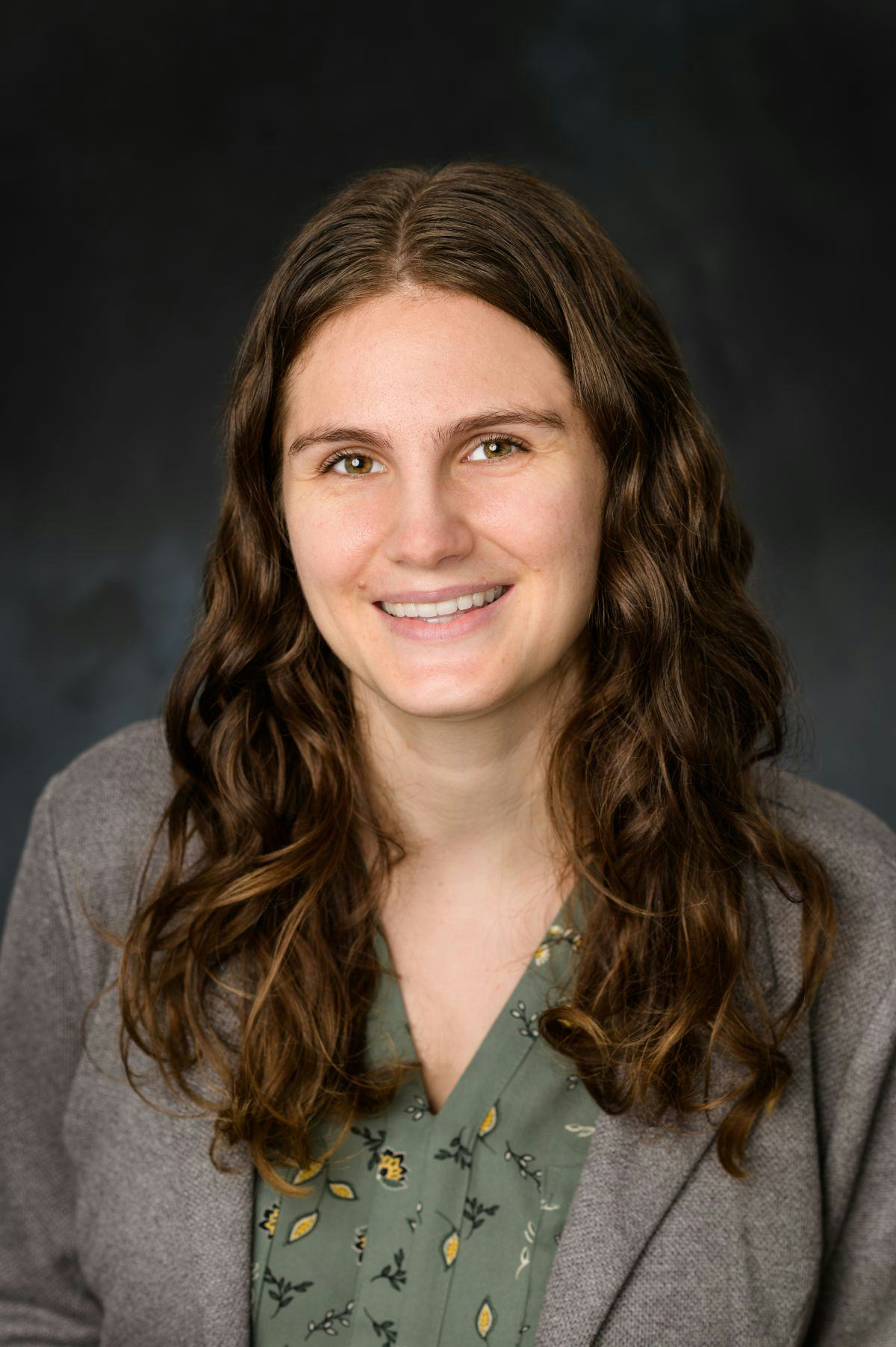From Baking to Painting: Award-Winning Paper Brings Materials Science Close to Home
Sarah Goodman and Emily Atieh promote interest in the field of materials science by making it relevant to students’ everyday concerns – especially for women, underrepresented groups in STEM and first-gen college students
“Everyone is a materials scientist.” So begins Stevens researchers Sarah Goodman and Emily Atieh’s paper which won the Best Paper Award in the Materials Division at the 2024 ASEE Annual Conference and Exposition.
In their research, Atieh — Associate Director for Education Research, Teaching and Learning Center — and Goodman — teaching associate professor in the Department of Chemical Engineering and Materials Science — found that students enrolled in intro materials science courses often fail to connect the subject with their own experiences – a key ingredient for engaged learning. The study examined how students perceive the subject's relevance to their studies and its role in addressing societal challenges. It also explored whether students who applied their own background knowledge to the project were more likely to feel that both the project and course enhanced their sense of belonging in the field.
“When I met with Sarah, I was impressed by her work in class,” said Atieh. “So, I was excited to dive into the data for this project, which I got involved with soon after arriving at Stevens over a year ago.”
Goodman noted that everyone interacts with materials in unique ways, and students often bring knowledge from their own experiences, providing unique insights into materials selection challenges.
“Many engineering classes seem to take the approach: ‘Forget everything else you’ve learned, and I’ll teach you all this new engineering material.’ But we wanted to try a different approach, recognizing that students’ prior life and work experiences are incredibly valuable,” she said.
“This award reflects the value of this knowledge exchange,” Goodman added. “It's not just the instructor's view that matters, but the students’ too.”
Everyday experience as a gateway to materials science
One of the key concepts of the paper is that everyone, in their own way, is a materials scientist. Goodman shared examples from her classroom to illustrate the idea that prior knowledge connects with materials science.
“I’m not a fan of cooking — I’m just not good at it. But some of my more experienced students are. They know why to use a cast iron pan for one thing and a different pan for another. They also know how preheating an oven affects the final result. It all involves materials science. It’s about the properties your cooking equipment needs to get the desired outcome. And, how those properties relate to the material's structure.”
Another example is art. “If you’re an artist, you might know the difference between oil paints and acrylic paints. Why would you use one over the other? It’s all about the material properties,” she said.
Undergraduate students at Stevens have an opportunity to expand on this intuitive understanding when enrolled in the introductory materials science and engineering course. This required course for all third-year students, regardless of major, covers topics ranging from the structure and properties of polymers and ceramics to nanomaterials and materials processing and may open the door to pursuing a materials science and engineering master’s degree.
As part of their research, Atieh and Goodman incorporated a final project in which students identified a materials-related problem on campus.
One proposal focused on creating a more sustainable artificial turf for sports fields, reflecting the students’ interest in sports. They highlighted that typical artificial turf, made from plastic, can break down into microplastics through wear and tear. Another point: microplastics can harm the environment and ecosystems. These students proposed using coconut fiber as a more sustainable alternative.
Other student proposals ranged from improving soundproofing in music rooms by using materials that enhance acoustics to designing better padding for dropped weights to reduce noise and vibration.
“The students didn’t actually complete these projects; they only proposed them. We had over 300 students, so it wasn’t feasible to carry out every idea," Goodman explains. “But the proposals clearly reflected what students cared about and their experiences on campus.”
Drawing from “funds of knowledge” enhances engagement, learning and sense of purpose
The research, encompassing a “funds of knowledge” approach, emphasizes the value of students’ prior experiences as assets that enhance learning. “This method values the unique perspectives from students' backgrounds, communities and lives," explained Attieh.
The study found that students who used their prior knowledge felt more connected to the field. It suggests that personal experiences boost engagement and a sense of purpose. By combining course content with their own knowledge, students felt more confident in the relevance of materials science to their studies and to society’s challenges.
In their paper, Atieh and Goodman cite research showing that women, underrepresented groups in STEM and first-gen college students are often drawn to altruistic, community-focused fields. They explain that framing materials science to solve real-world problems related to students’ experiences on campus can spark interest in the field. It can also provide students and the university with opportunities to benefit from real-world materials science and engineering applications.
“Education research is often ‘upstream.’ So, it was refreshing to see how our classroom choices can immediately impact students,” said Atieh. “This research highlights that it’s not just about GPA and grades. We must help students feel they belong. They should see the value in what they're learning.”

